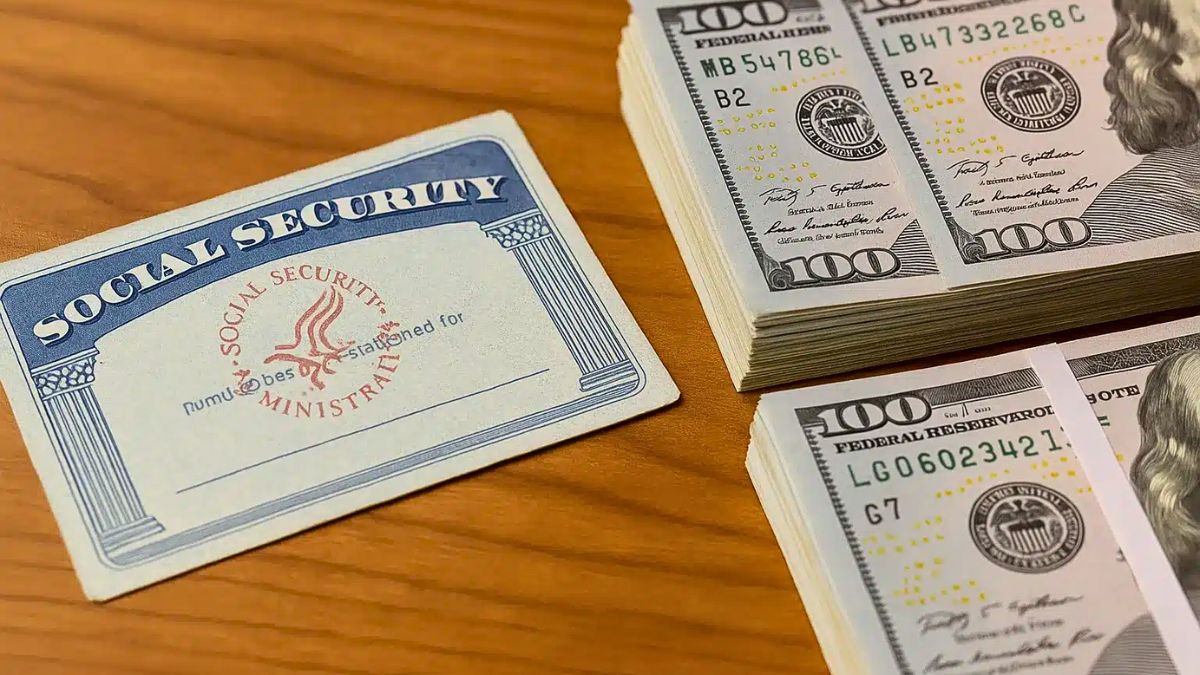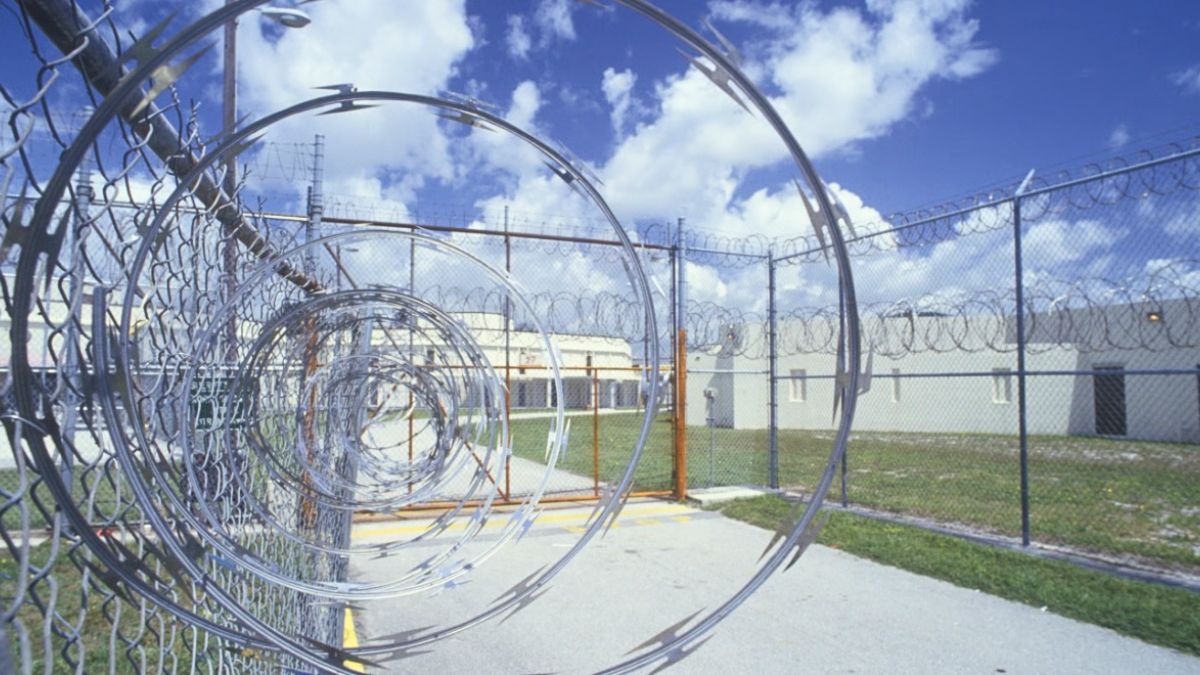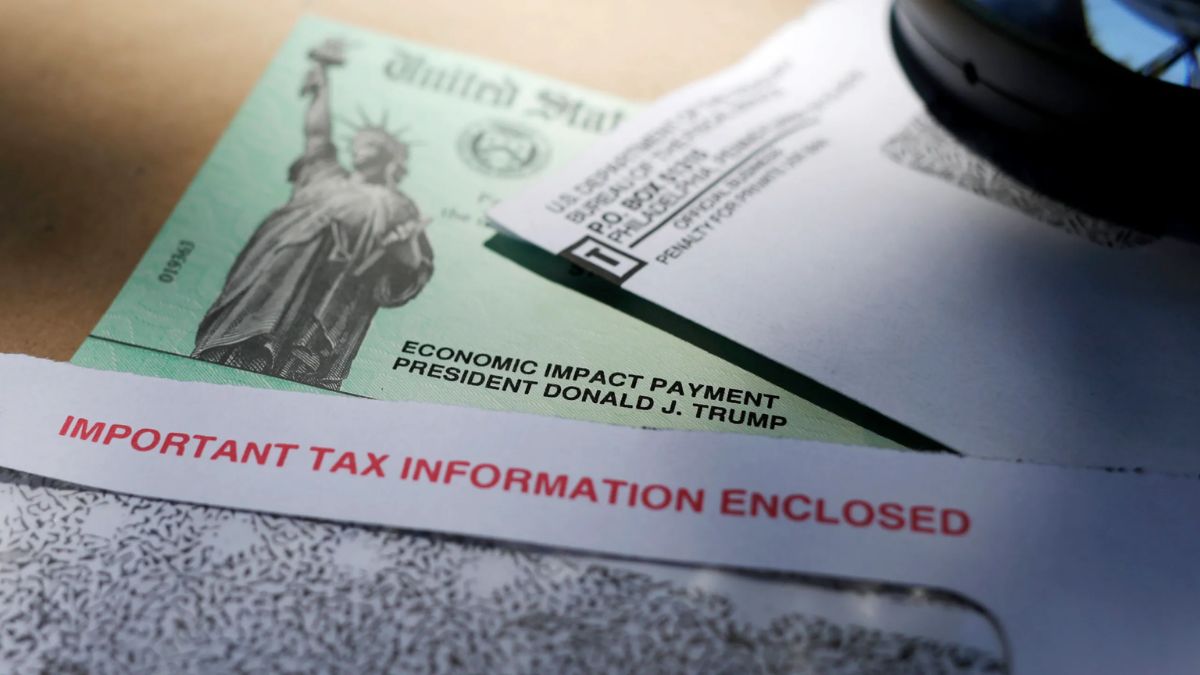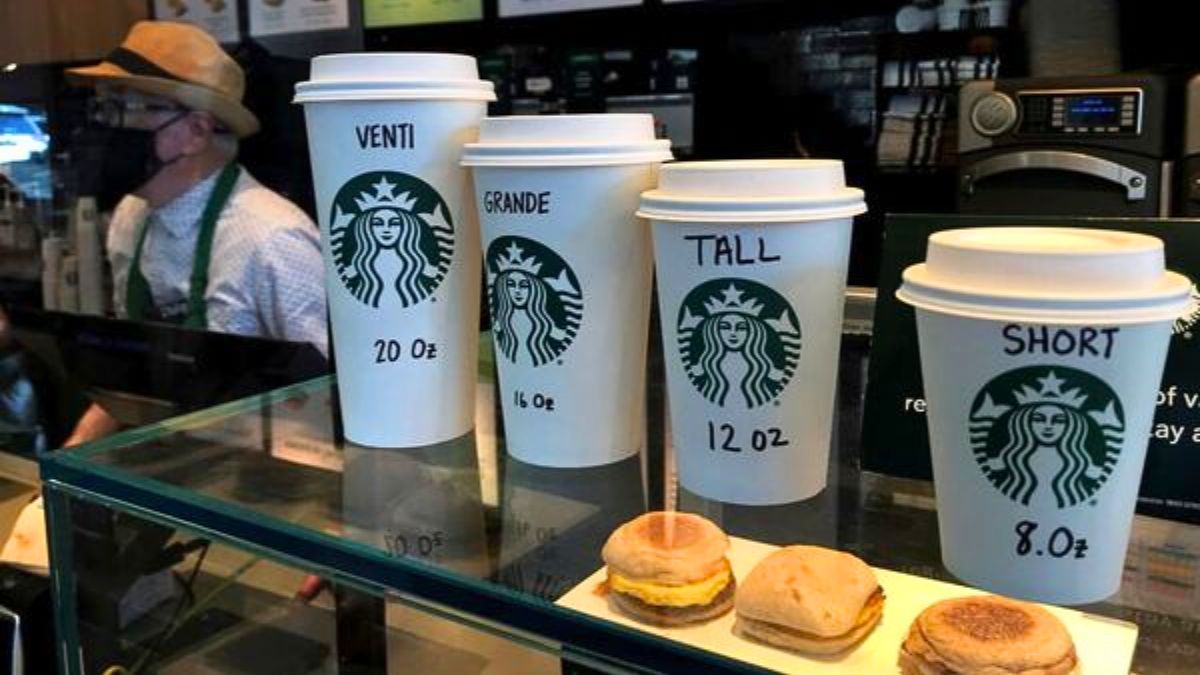Every month, the Social Security Administration (SSA) sends out millions of payments to retirees, people with disabilities, and SSI beneficiaries. These payments don’t all arrive at once—they follow a specific schedule based on your birth date, the type of benefit you receive, and when you applied. If you’re wondering when your next payment is due, here’s a quick guide to everything you need to know for August.
Structure
The SSA provides support to about 70 million Americans. This includes retirees, people receiving Supplemental Security Income (SSI), and those on disability benefits. Depending on which program you’re part of, your payment date may fall on a different day of the month.
For standard Social Security retirement or disability benefits, your birthdate determines your payment schedule:
| Birth Date Range | Payment Date |
|---|---|
| 1st – 10th of the month | 2nd Wednesday |
| 11th – 20th | 3rd Wednesday |
| 21st – 31st | 4th Wednesday |
However, not everyone follows this pattern. If you only receive SSI, your payment always arrives on the 1st of the month. If you get both SSI and Social Security (or claimed your benefits before May 1997), your payment comes on the 3rd of the month instead.
August
This month, August 6 falls on a Tuesday, meaning SSA payments will not start rolling out until the second Wednesday, which is August 13. If your birthday is between the 1st and the 10th, this is when you’ll receive your monthly benefit.
SSI recipients should have already received their August payment on August 1. There’s also something unusual happening this month—SSI-only beneficiaries will get a second payment on August 29. But don’t get too excited—this isn’t a bonus. It’s simply your September payment paid early because September 1 is Labor Day, a federal holiday.
Maximum
While most retirees receive an average monthly Social Security benefit of about $2,000, some beneficiaries qualify for the maximum payment of $5,108. To get this amount, a few specific conditions must be met:
- You must have worked for at least 35 years
- You must have earned the maximum taxable income each of those years
- You must have delayed claiming your benefits until age 70
- You must have earned at least 40 credits, the minimum needed to qualify for Social Security
Claiming your benefits early, like at 62, results in lower monthly payments. But if you wait until 70, the SSA rewards you with higher checks. Just keep in mind, there’s no added benefit in waiting beyond age 70.
Planning
If you’re still working or planning for retirement, there are strategies you can use to increase your future benefits. Things like working longer, boosting your income, and delaying your claim date can all result in a higher monthly payment down the line.
Knowing when your payment arrives and how much you might receive helps you better manage your budget and plan your financial future.
FAQs
When is the next SSA payment?
August 13 for those born between the 1st and 10th of any month.
Why do SSI beneficiaries get two payments in August?
Because September 1 is a holiday, the next month’s payment is early.
What is the average SSA retirement payment?
It’s approximately $2,000 per month in 2025.
Who qualifies for $5,108 in SSA benefits?
You must have worked 35 years, earned high wages, and claimed at age 70.
Does delaying SSA benefits increase payment?
Yes, claiming at 70 gives you the highest possible monthly amount.
























